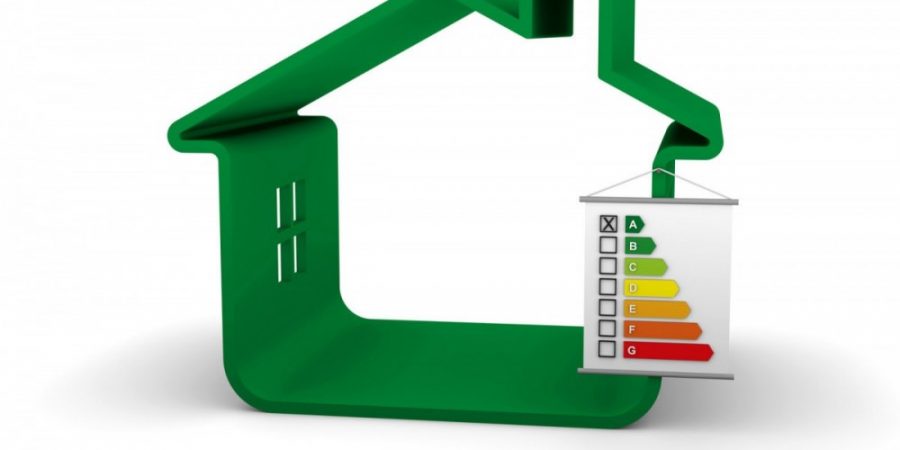January 20, 2016 Housing and Tourism Trends in 2016
Greece aims for Green Development and Tourism in 2016
Alternate Economy Minister and responsible for the EU National Strategic Reference Framework (NSRF) funds for 2014-2020, Alexis Haritsis, announced last week that the funds for the 2007-2013 period were successfully implemented, specifying that Greece is among the EU countries with the highest absorption rates for this period: “We achieved the full implementation of the 2015 Public Investment Program, and in just three months (October-December 2015) a total of 5 billion euros were distributed to the real economy.” The minister added that the government will launch this January the application procedures for the new 2014-2020 NSRF funds.
In his interview with Green Agenda last week, Haritsis talked about Greece’s plans to support green production announcing that 2016 will be a year of “Green Development” for Greece, as the government has planned actions worth around 500 million euros in 2016 to boost green business. Some of these actions include previous projects such as collection and processing of urban waste, as well as completely new actions, such as waste management, restoring of mountain tracks in tourist destinations, modernizing campsites in regions of increased environmental interest and initiatives toimprove city environment. Furthermore, Greek authorities are redesigning existing funding tools and extending their operation until September 2016, while creating new agencies such as a Development Bank.
Tourism professionals will also be able to tap into three NSRF programs, which cover startups, the upgrade of tourism infrastructure and facilities. More specifically, funding will be distributed to micro and small tourism sector enterprises in order for them to modernize facilities, improve the quality of services, enrich products and improve their position in the domestic and international tourism market.

But Where Housing is Really Headed in 2016?
RIBA (Royal Institute of British Architects) has released a report forecasting the greatest design trends in housing in the UK for 2016, based off a survey of 250 RIBA charted practices that are currently active in the housing design market. Noticeable trends include an increase in sustainable, energy conservation measures such as sustainable materials, improved insulation and water conservation/recycling; large extensions and bigger homes; housing designed for aging relatives/occupants; and flexible open-plans for family gathering.

Fifty-five percent of architects reported that single houses and extensions were getting larger, thanks to an increase in available land and relaxation of planning restrictions.
With the growing aging population, there has also been high-demand for homes to facilitate easier living for the elderly demographic. Adaptations for simpler independent living, as well as adjusting existing layouts to accommodate an older relative are both in higher demand.
Sixty-six percent of architects report a demand for multi-function living spaces, with a combination of cooking, dining, living and access to gardens/outdoors. Seventy percent of architects report an increased demand for improved insulation products and 66% predict an increase in the use of photovoltaic panels.
“The appetite for building or improving your own home for your family and future shows no sign of abating, with architects experiencing increased demand from creative and ambitious homeowners,” said RIBA President Jane Duncan. “This new RIBA report gives a glimpse of what to expect in housing design for 2016 and beyond. It shows the insight, value for money and peace of mind that an architect can bring to any housing project.”

Source: http://www.greeknewsagenda.gr/ &
Eric Oh. “Where Housing is Headed in 2016 (According to RIBA)” 24 Dec 2015. ArchDaily. Accessed 20 Jan 2016. <http://www.archdaily.com/779143/where-housing-is-headed-in-2016-according-to-riba/>
